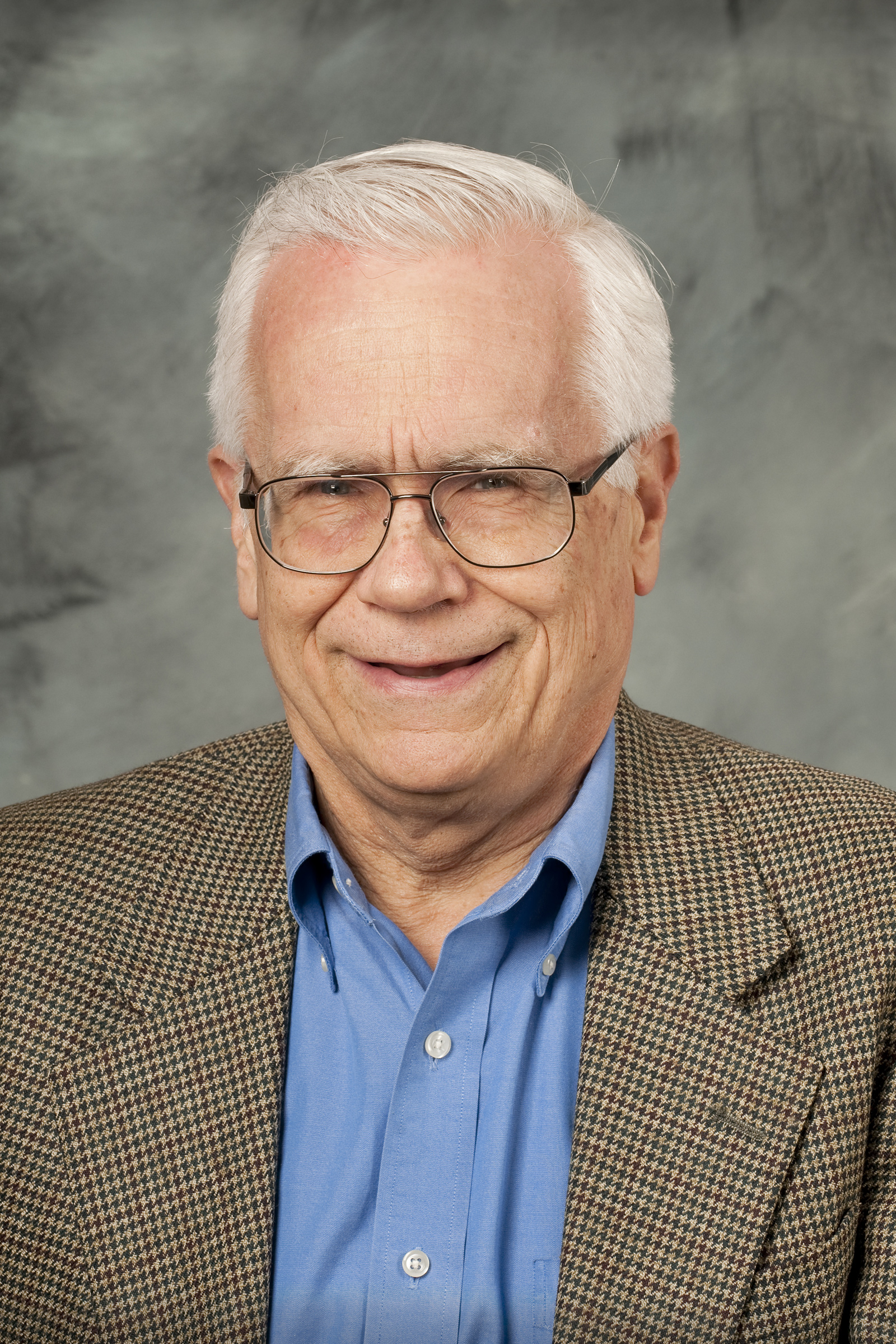
UCSB Professor of Materials Science Elected to American Academy of Arts and Sciences
Edward Kramer, professor of materials and chemical engineering at UC Santa Barbara, has been elected a fellow of the prestigious American Academy of Arts and Sciences. His selection brings to 29 the number of UCSB faculty that belong to the academy.
The Academy is an independent policy research center that conducts interdisciplinary studies of complex and emerging problems. Members of the 132-year-old organization hail from a broad spectrum of disciplines, allowing the academy to conduct a wide range of interdisciplinary studies in public policy research. Membership includes more that 250 Nobel Laureates and 60 Pulitzer Prize winners. The academy's research focuses on science and technology policy, global security, social policy and American institutions, the humanities, and education.
"I am delighted to congratulate Professor Edward Kramer on his election to the American Academy of Arts and Sciences, and I know that our campus and community join me in applauding our colleague's achievement," said UCSB Chancellor Henry T. Yang. "Dr. Kramer is widely renowned for his pioneering work to advance understanding of the fundamentals that control the structure, properties, and processing of block copolymers. Election to the Academy is a prestigious and meaningful affirmation from our peers of the extraordinary contributions that Professor Kramer has made to advancing the frontiers of research and serving our society."
Members of the 2012 class include winners of the National Medal of Science; the Lasker Award; the Pulitzer and Shaw prizes; the Fields Medal; MacArthur and Guggenheim fellowships; the Kennedy Center Honors; Grammy, Emmy, Academy, and Tony awards; the Avery Fisher Prize; and election to the Rock and Roll Hall of Fame.
Fellow scientists elected to the 2012 class include James Fraser Stoddart, a chemist whose work helped establish the field of molecular nanotechnology; Angela M. Belcher, who uses directed evolution to create new materials and devices, with applications in electronics, energy, and medicine; geological scientist Katharine V. Cashman, who helped to explain why volcanoes erupt the way they do; Gregory B. Olson, one of the founders of computational materials design; astronomer Debra A. Fischer, who helped discover more than 200 planetary systems; and Robert P. Colwell, chief architect of Intel's Pentium microprocessors.
Other new academy fellows hail from the social sciences, arts and humanities, public affairs and journalism, business leaders, and leaders of educational, cultural, and philanthropic institutions.
The academy also elected 17 Foreign Honorary Members from Argentina, Canada, Egypt, Finland, France, Germany, the Netherlands, South Africa, Switzerland, and the United Kingdom.
"Election to the Academy is both an honor for extraordinary accomplishment and a call to serve," said Academy President Leslie C. Berlowitz. "We look forward to drawing on the knowledge and expertise of these distinguished men and women to advance solutions to the pressing policy challenges of the day."
The new class will be inducted at a ceremony on October 6, at the Academy's headquarters in Cambridge, Mass.
Related Links



